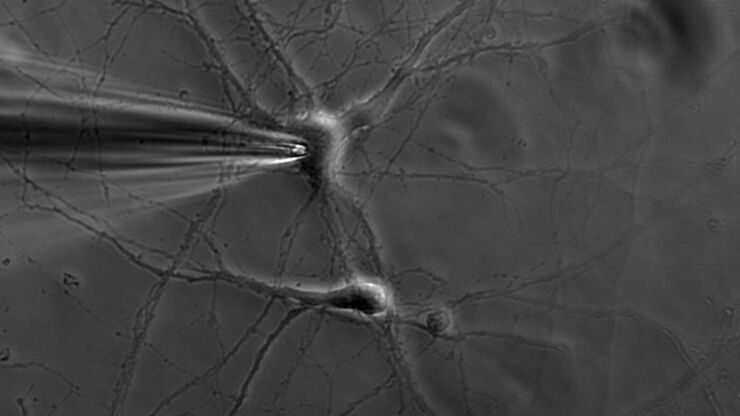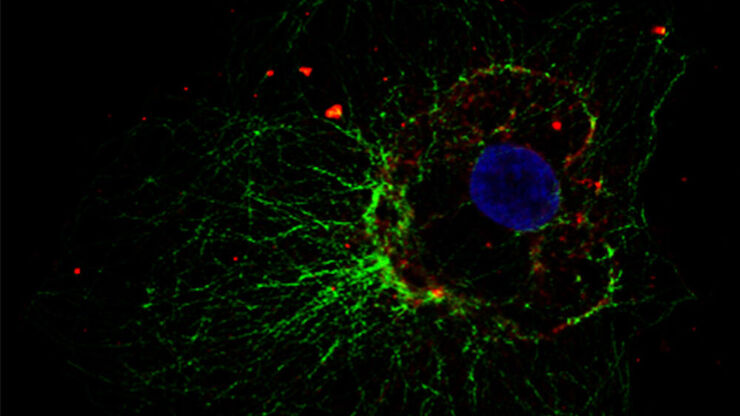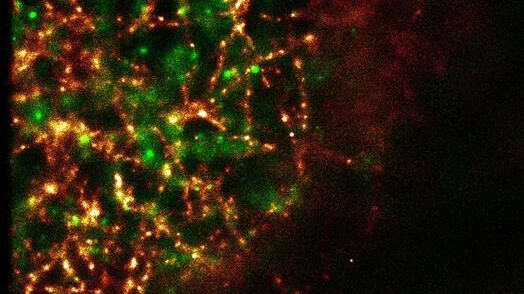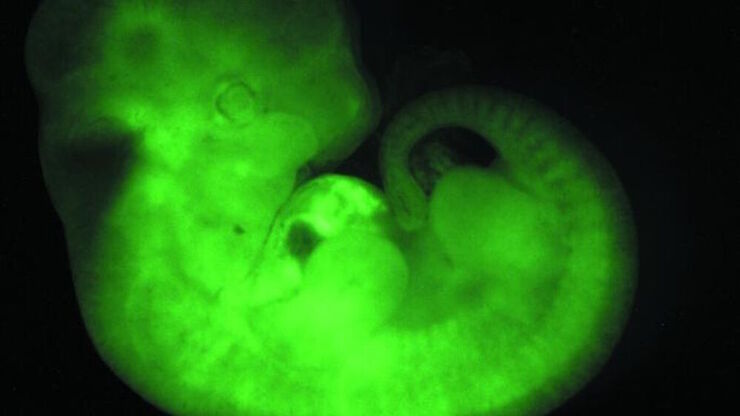Philipps University Marburg, Institute of Cytobiology and Cytopathology, Germany

The Institute is integrated into the Faculty of Medicine of the Plilipps University in Marburg. The members are doing basic research in cell biology and biological chemistry. The institute is also responsible for the training of students of medicine, dentistry and human biology. Central research projects deal with molecular mechanisms in the biogenesis of cell organelles. The understanding of mutations of the involved proteins is of particular interest here, because these cause diseases. The research is mainly done using the model organisms yeast, mouse and rat. Further, different cell culture systems from mammals are used. The spectrum of methods in the particular projects involves cell biological, biochemical, immunohistochemical, molecular biological and genetical techniques.
Central research areas are:
- Biogenesis of Ferric-Sulfur-Proteins in the Mitochondria and in the Cytosol
- Molecular Basics of the neurodegenerative Disease Friedreich's Ataxie
- Mechanism and Regulation of the Mitochondrial Ferric-Transport
- Maturation and Sorting of Proteins in Polarized Epithelia Cells
- Function of lysosomale Proteins
- Function of the Mys-Binding Protein Miz-1 in Keratinocytes







